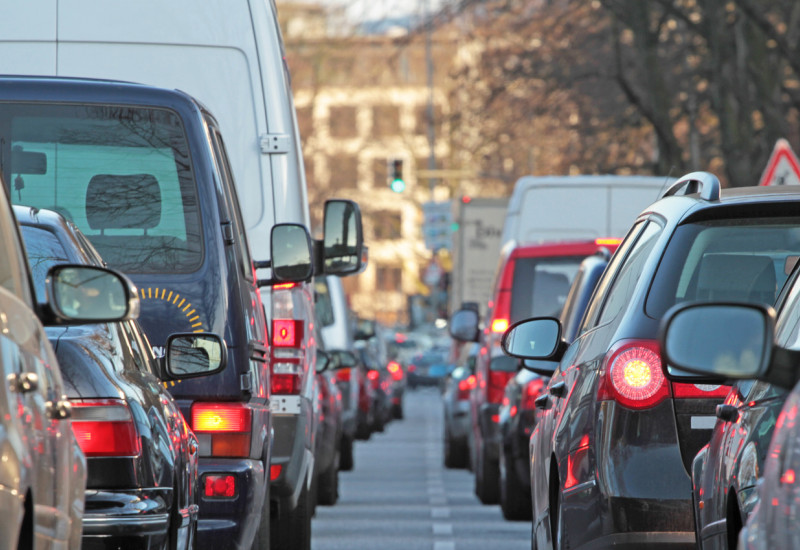The German Environment Agency (UBA) reports positive environmental performance 30 years after German reunification. Air, water and soil much cleaner – climate change remains greatest challenge. read more

 Umweltbundesamt
Umweltbundesamt


The German Environment Agency (UBA) reports positive environmental performance 30 years after German reunification. Air, water and soil much cleaner – climate change remains greatest challenge. read more

Aerosols are a possible transmission path of the novel coronavirus. Aerosols spread quickly throughout the entire room, especially in closed indoor spaces. Regular ventilation by shock and cross ventilation or via ventilation systems in the rooms can significantly reduce the risk of infection with SARS-CoV-2. read more

Children and adolescents between the ages of 3 and 17 in Germany have too many persistent chemicals from the per- and polyfluoroalkyl substance group, or PFAS, in their blood. These are the findings of an evaluation of the representative German Environmental Survey for Children and Adolescents, GerES V. read more

The German Environment Agency has published the final data for 2019 on nitrogen dioxide (NO2). The data show that only 25 cities exceeded the annual mean NO2 limit value of 40 micrograms NO2 per cubic metre of air (µg/m³), compared to 57 cities in the previous year. read more

The "Luftqualität" air quality app by the German Environment Agency now also features ozone forecasts. The app can display expected ozone levels for the current and two following days. An automatic alert can be activated to notify the user if high levels of ozone are expected within the next 24 hours. read more

The trend in Germany's air pollutant emissions continues on a slight decline, says the annual report by the German Environment Agency (UBA) submitted to the European Commission. In 2018, sulphur (SO2) compounds decreased by nearly 4.2 percent compared to 2017, bringing levels to 95 percent below 1990. read more

Measured concentrations of nitrogen dioxide (NO2) in 2019 exceeded the annual mean limit of 40 µg/m³ of air at nearly 20 percent of measuring stations located near road traffic, compared to 42 percent in 2018. Nitrogen dioxide pollution overall continues to decline throughout Germany. read more

The standard requires a significant cut in pollutant emissions. read more